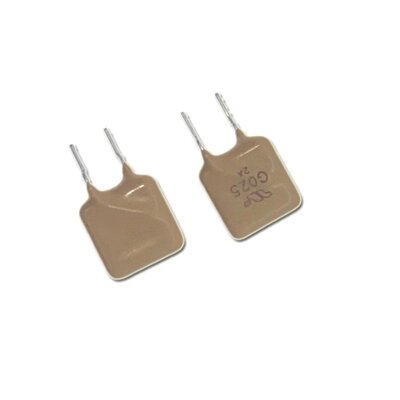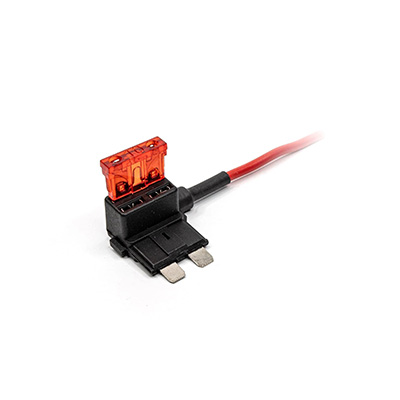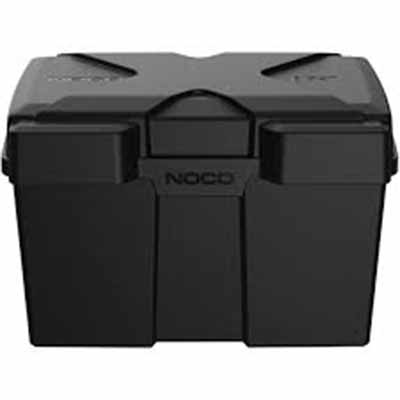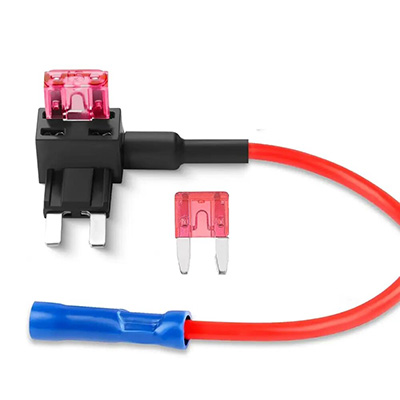Optimizing Glass Fuse Replacements in Automotive Electrical Systems
News 2025-10-27
Glass fuses are essential components in automotive electrical systems, designed to safeguard circuits from overcurrent damage. These fuses, with their transparent glass bodies, allow for easy visual inspection and are commonly found in vehicle fuse boxes. Proper replacement is key to maintaining vehicle reliability and preventing electrical issues, such as short circuits or system shutdowns. This overview focuses on practical aspects, emphasizing their role in everyday automotive maintenance and the benefits they provide in terms of safety and efficiency.

Application Scenarios
Glass fuses are widely used in vehicles to protect various electrical circuits, including lighting, heating, and accessory systems. For instance, in cars with older fuse box designs, a blown glass fuse might occur in the headlight circuit due to a wiring fault, requiring prompt replacement to restore visibility during night driving. Mechanics often handle this in diagnostic procedures, while car owners can perform it at home with minimal tools, using the fuse box diagram to identify and swap out the faulty fuse, ensuring uninterrupted vehicle operation in diverse driving conditions.
Performance Advantages
Glass fuses excel in automotive applications due to their rapid response to overcurrent events, which helps minimize potential damage to sensitive electronics like ECUs or wiring harnesses. Their clear design enables quick assessment without disassembly, contrasting with opaque fuse types that demand more time for testing. Additionally, these fuses offer consistent performance across temperature variations common in vehicles, providing cost-effective protection that enhances longevity and reduces the need for frequent replacements in high-stress environments such as engine compartments or battery systems.
Common Questions and Answers
1. What tools are required for glass fuse replacement?
Answer: You typically need a fuse puller, pliers, and a multimeter to safely remove and test fuses.
2. How can I identify the correct amperage for a replacement fuse?
Answer: Refer to the vehicle’s fuse box diagram or manual to match the amperage rating of the blown fuse.
3. Is it safe to drive with a blown glass fuse?
Answer: No, it can lead to electrical malfunctions; replace it immediately to avoid further damage or safety risks.


